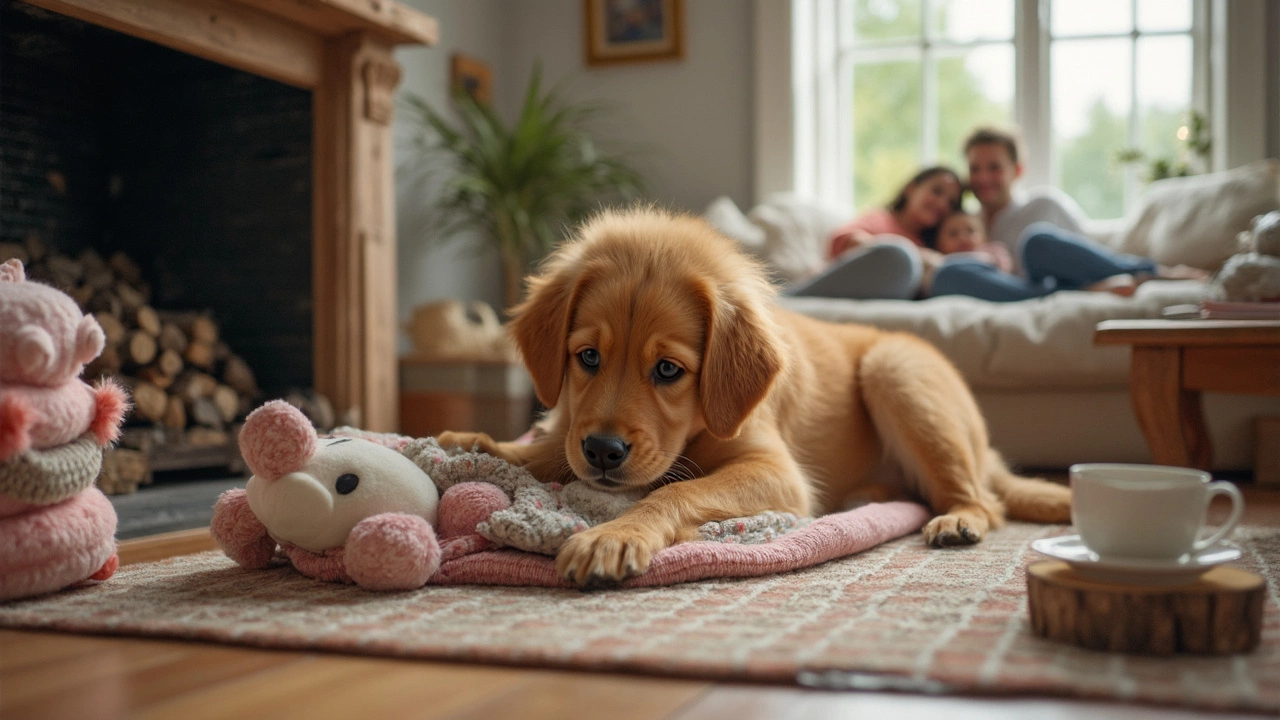Nooking: Practical Tips for Dog Collars, Harnesses and Everyday Safety
When it comes to keeping your dog safe and comfortable, the right gear makes all the difference. Whether you’re figuring out if a collar belongs on indoors, deciding between a harness and a collar for walks, or sorting out travel rules, Nooking gathers the most useful advice in one spot.
Collar vs. Harness – What Vets Really Recommend
Vets often lean toward harnesses for larger, strong‑pulling breeds because they take pressure off the neck. A well‑fitted harness distributes force across the chest, reducing strain on the throat and spine. That said, a sturdy, breakaway collar is still fine for everyday ID and leashing, especially for smaller dogs that don’t pull hard.
Fit matters more than the choice itself. For a collar, you should be able to slip two fingers between the band and your dog’s neck. For a harness, check that you can place a palm under the chest strap without it digging in. Adjust as your pup grows – a snug fit one month can be loose the next.
Safety Checklist for Indoor and Outdoor Use
If you’re wondering whether to leave a collar on at home, think about hazards. In a cluttered house with low doors or furniture, a tight collar can snag and cause injury. A breakaway collar or a lightweight harness reduces that risk. On the other hand, if your dog spends most of the day in a secured yard, keeping a regular collar on provides quick ID if they bolt.
When traveling, the rules change again. Airlines typically allow small dogs in‑cabin if they’re in an approved carrier, but the carrier’s door must stay closed – a collar isn’t required inside. However, a sturdy harness can keep your dog safe during security checks and at the gate. For international trips, check if your destination requires a specific type of collar or tag; some countries mandate a microchip‑compatible tag attached to a breakaway collar.
Training collars stir up debate. The consensus among modern trainers is to use them only under professional guidance and for short, specific purposes. If you opt for a gentle reminder collar, pick one with a low‑level vibration instead of shock. Always pair it with positive reinforcement – rewards for calm behavior trump any device.
Got a big dog and wonder if it can fly in the cabin? Most airlines limit cabin pets to 15‑20 lb, so a 50‑lb dog will need to travel as cargo. In that case, a reinforced, airline‑approved carrier with a secure harness strap is essential. Check the airline’s pet policy early; pre‑booking saves headaches.
Finally, remember that comfort and safety go hand in hand. A well‑ventilated, padded harness keeps your dog cool in summer and reduces chafing in winter. A collar with a reflective strip adds visibility for evening walks. Pair these tools with regular health checks, and you’ll have a happy, secure pup ready for anything.
Use the Nooking tag to browse deeper posts on indoor collar safety, travel insurance for dogs, and how to choose the right training collar. Each article gives step‑by‑step checklists so you can act fast, not guess.
- Morgan Ainsworth
- 0 Comments
Nooking in Dogs: What It Is and How Puppy Toys Help
Nooking in dogs is a quirky habit where puppies suck, chew, or knead soft toys or blankets. It looks a bit like what kittens do when they nurse or knead their moms. Some dogs keep nooking well after puppyhood, especially if they’re feeling stressed or want comfort. The right puppy toys can make all the difference, helping dogs find comfort without turning your sofa into a chew toy. This article breaks down what nooking is, why it happens, and how to handle it using tips and the best toys.
View More
